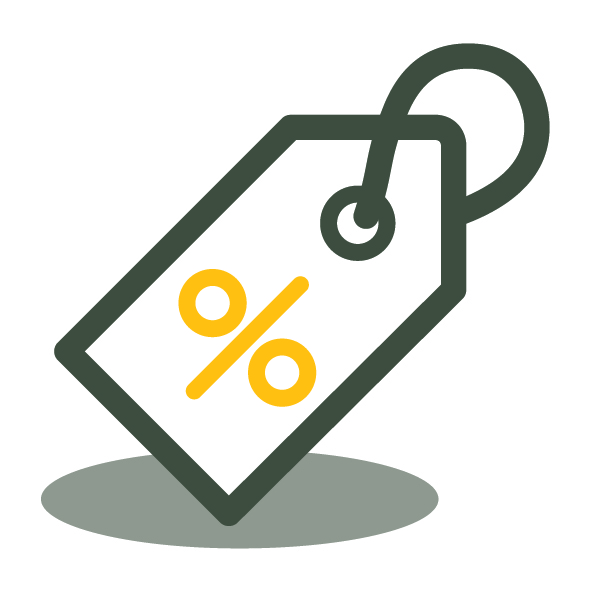With a free trade agreement secured with Australia and the possibility of more unilateral trade agreements in the foreseeable future, UK-based manufacturers, including food and drink producers, are being encouraged to prepare for export-led growth. Before doing so, however, owners must choose the trading model best suited to meet their business objectives.
GEOGRAPHY AND TRADE
For many food and drink manufacturers, geography plays a fundamental role in determining which overseas markets they can target. Demand for domestic products such as Scotch Whisky, Welsh lamb, and British cheese has not subsided. However, if farmers or producers are seeking to trade in the EU, non-tariff trade barriers and customer disapproval could prove challenging. Maintaining access to existing markets and finding new opportunities to export is essential for UK exporters, with the EU being the largest single market the UK can export to. The CBI’s ‘Seize the Moment’ report is introducing plans to form a joint strategy with the EU, and establish a competitive, dynamic and forward-looking economy in the next decade.
The post-Brexit trading landscape is becoming more apparent for the majority of businesses, with owners having started to comprehend what it could mean for them. Some have been able to continue operating without much disruption while others have been forced to adapt. For example, the UK’s decision to exit the EU has exacerbated the skills shortage while Covid-19 has accelerated innovation in other areas. In order to ensure continuity after Brexit, many trade agreements have been rolled over, but others now go further to support UK businesses. For example, the new Japanese trade agreement, which will work in a similar way to the new UK/EU deal, means nearly all UK exports to Japan will be free from tariffs and measures have been put in place to facilitate digital trade. The UK is also preparing to initiate trade deal negotiations with Canada, which could help to support British employment in areas such as high-value manufacturing and food and drink production.
As the ninth largest economy worldwide, Canada provides plenty of opportunities for UK businesses. However, one must consider that trade negotiations involve two parties and that encouraging cheaper imports is likely to result in lower welfare standards and reduced local share for producers. Agreements, therefore, must be carefully considered and new legislation introduced gradually; for example, over 15 years as per the deal with Australia. This will protect local markets for a sufficient period of time.
PRODUCT CERTIFICATION
Brexit has not only transformed trade for UK food and drink producers, but it has also prompted the need for additional product certification, such as rule of origin provisions, to ensure goods conform to requirements. Increased export costs can be contributed to Covid restrictions and an increased demand for goods. For SMEs, this has created trading challenges with the EU. Where businesses previously exported on demand, the drastic changes that have occurred over the last 18 months due to the pandemic, have increased the cost of air freight, encouraged stockpiling and increased demand for warehouse space.
SUPPLY CHAINS
In order to best prepare for export-led growth, UK-based food and drink manufacturers should safeguard their supply chains and ensure that necessary documentation is completed to prevent delays to processes. This is of particular importance in the case of perishable goods. Furthermore, for SMEs shipping smaller quantities, containers are likely to be shared with other suppliers, transporting a variety of products. It is important that businesses consider the possible effects that any potential delays could have on shipments and weigh up the risks and rewards of priority shipping and insurance.
On leaving the EU, a number of UK-based manufacturers have chosen to establish a presence in the region, either through a new branch or subsidiary. This has assisted in avoiding border delays, improving efficiency, and maximising growth. Rather than having to enter and exit the UK, any goods imported from the Far East can be sent directly to customers in the EU.
E-COMMERCE
Instead of deciding to partner with an EU-based company, others have elected to update or design websites to support e-commerce activity and focus on their presence in the UK. Rather than having a small portfolio of large customers, they have been able to spread risk and increase the size of their target market. Despite the significant marketing and R&D expenditure involved in achieving this type of transformation in the short term, there is limited scope for shortcuts. By reassessing products and considering how they could prosper in a new market, food and drink manufacturers can boost sales in the long run while safeguarding their business for the future.
VAT
New EU-wide rules took effect on 1 July 2021, altering the VAT treatment of the business-to-consumer trade across the EU. These new rules remove the need for businesses to register in multiple member states to gain access to the EU marketplace. Instead, UK exporters can opt to register in one single EU Member State and file a new One Stop Shop (OSS) VAT return in order to account for VAT on the sale of goods throughout the EU. To ensure they make the most of this new option, business owners should therefore be familiarising themselves with the new rules and seek advice around pre-registration.
The combined effects of Brexit and the global pandemic have shown that solutions must be tailored to the business. However, by thorough planning based on robust cashflow forecasts, food and drink manufacturers can position their businesses to make the most of export growth opportunities in the future.





